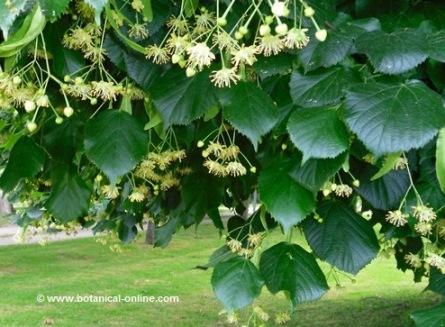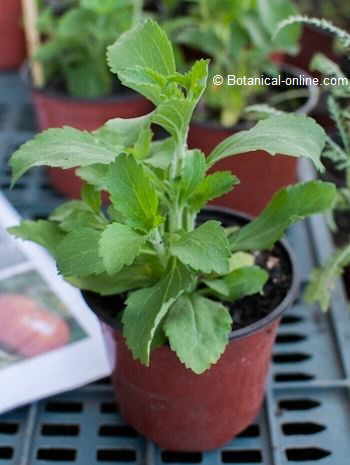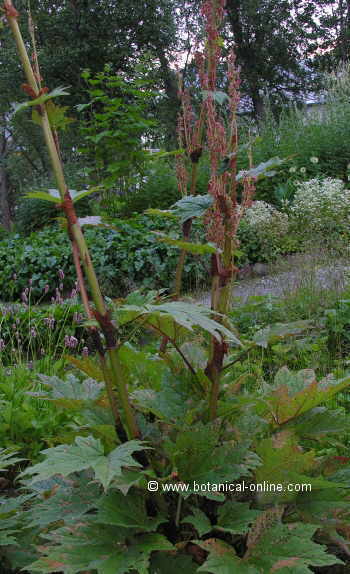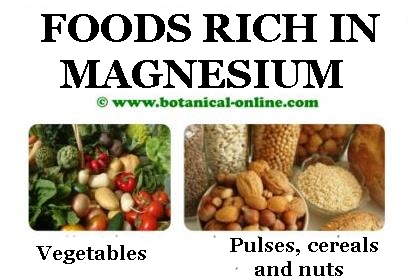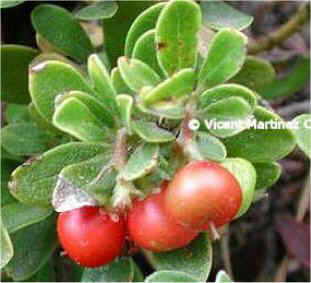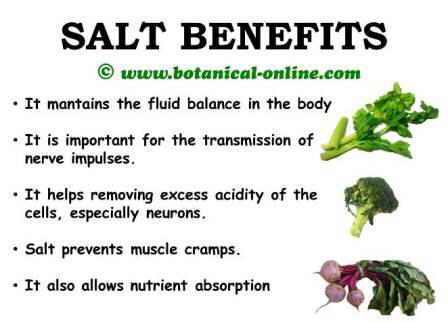Contents
How to grow peppermint (Mentha x piperita)
Peppermint features
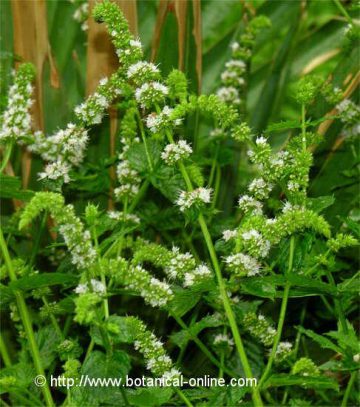
Perennial plant of the Labiatae family, up to 90 cm. Stems erect, quadrangular, with reddish tones, especially in the variety Mentha x piperita var. rubescens, clearer in Mentha x piperita var palescens.
Rather narrow and elongated leaves, stalked, oval or lanceolate, glabrous or slightly pubescent, acute, serrated, veined on the underside
Flowers purple or lilac with reddish stamens inserted in the calyx. Shaped inflorescences longer than wider, quite separate whorls. Calyx tubular, glabrous except on the teeth. Achene fruit. Flowers mid to late summer.
It is a hybrid between Mentha aquatica and Mentha spicata. Only known as a cultivated plant in garden or lawn, although sometimes escaped into the field.
It grows wild in deep, humus -rich and quite humid lands. It can be found easily throughout the world, preferring temperate to hot or cold weather. In Europe, although not present in Scandinavia, it is quite substantial, especially the variant Mentha x piperita var. rubescens.
Peppermint watering
Water regularly, especially in summer. Soil must retain moisture, but it does not tolerate waterlogging because this contributes to the development of fungi. Water it twice before cutting for the first time and every ten days before the successive cuts.
Mint uses
Besides a medicinal plant (see properties in the listing below), it is used in the pharmaceutical industry (throat balms, analgesics, decongestants, treatment of burns, pain patches, etc); manufacture of beverages; menthol, candy or gum; snuff industry (menthol cigarettes, to reduce throat irritation or the smell of smoke); mouthwashes or dentifrices; beauty products or cosmetics (shampoos); perfumes; insecticides etc..
Mint environment and exposure
It can be grown in sun or partial shade. It needs warm and bright days in summer to produce menthol. It prefers mild climates, although it endures temperatures well below freezing
Peppermint is an invasive plant that can spread easily through its stolons, so that it has to be controlled. For a non- industrial use, it is suitable planting in a pot or container so that its use remains completely controlled.
Mint propagation and care
Mint can be reproduced in several ways:
- By cuttings in late winter or early spring.
- Using side shoots or stolons in spring or early autumn.
- By rhizomes in autumn: These can be planted in the fall by means of fragments of about 3 cm extracted from the root and planted directly in the field, although, in cold places, it is best to plant them in pots and put them in a protected place to be finally transplanted in summer.
- From seeds planted seedlings in Cold Spring. When the seedlings can be handled, it has to be planted directly in its final position in the summer. However, this method is not very reliable because mints tend to hybridize, so it is not very frequent for them to produce suitable specimens.
Water thoroughly after planting and irrigate a couple of times more after 10 and 20 days.
Remove weeds, work the soil in late autumn and winter.
Mint collection and preservation
To collect leaves, cut them when they start to bloom from early spring to mid- early autumn. Avoid cutting on cloudy, humid, rainy hours or more heat days. Store tightly stretched in the shade, in a cool, airy place.
For the essential oil, cut in summer, when the plant is in full bloom. Between August and September you can take a couple of cuts. Avoid cutting on cloudy, humid, rainy hours or very hot days. Let it dry for a couple of days on the ground
Mint soil, fertilizer and disease
You can cultivate it in almost any type of soil, provided that the soil, even the clay ones, is not too dry, although it prefers calcareous soils.
Its favorite spot is a fertile one, moist, able to retain moisture but with a good drainage and a pH between 6.5 and 7.5. Avoid salty places. It can be grown from sea level to 2000 m.
It needs a lot of organic fertilizer, manganese and magnesium. Manure the soil before planting (25 t / ha); ammonium at planting (300 kg / ha) and,when plants start to grow, they will need nitrate (300 kg / ha). It may benefit from the incorporation of ammonium chloride and sodium nitrate.
Mint pests and diseases
The main diseases that affect it are:
- Rust (Puccinia menthae) It is a disease that attacks the leaves, causing their fall, or produces a number of yellow stripes on stems that gradually become brown. The treatment involves the use of pesticides, although the effect is very small, so you should cut the harvest when the first symptoms of the disease are discovered
- Phyllosticta menthae: A common fungus in the plant causing leaf spots brown with darker edges.
Major pests are:
- Nematodes (Pratylenchus, longidours), Lepidoptera (Spodoptera littoralis), aphids, cicadas, ants, woolly aphids (Kaltenbachiella menthae Schoult) beetles. One or the other can attack the leaves or stems or feed on the roots. The most appropriate insecticide should be used in each case. The best way to prevent these attacks is to make crop rotations, disinfect rhizomes by burning, remove all the material and look for reliable plants free of these pests.
![]() More information on peppermint
More information on peppermint

